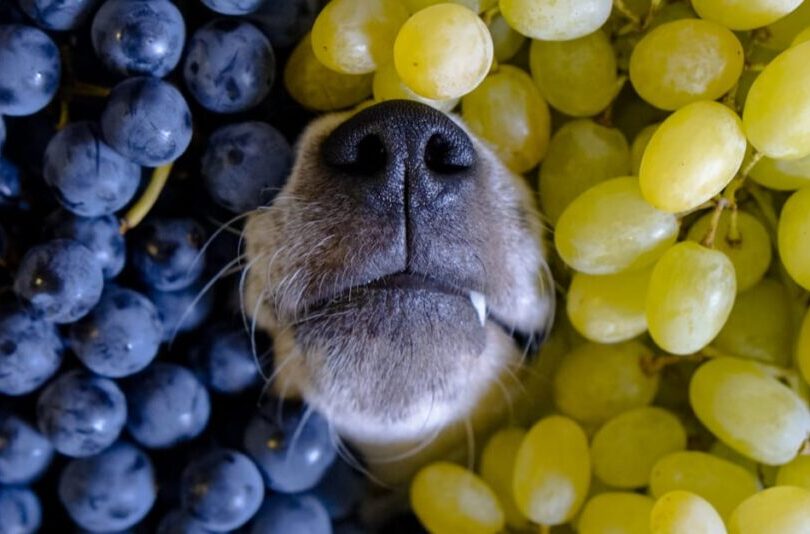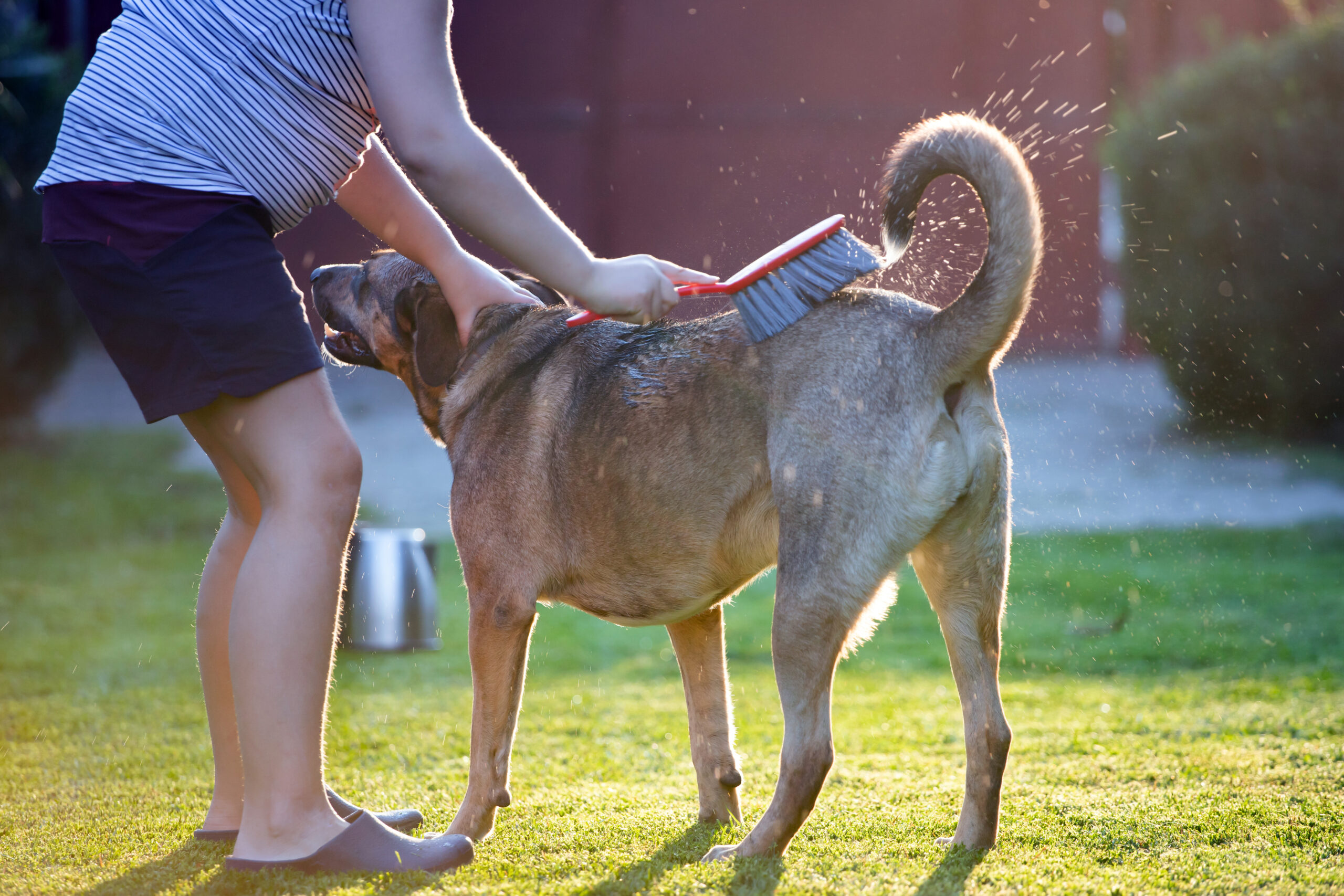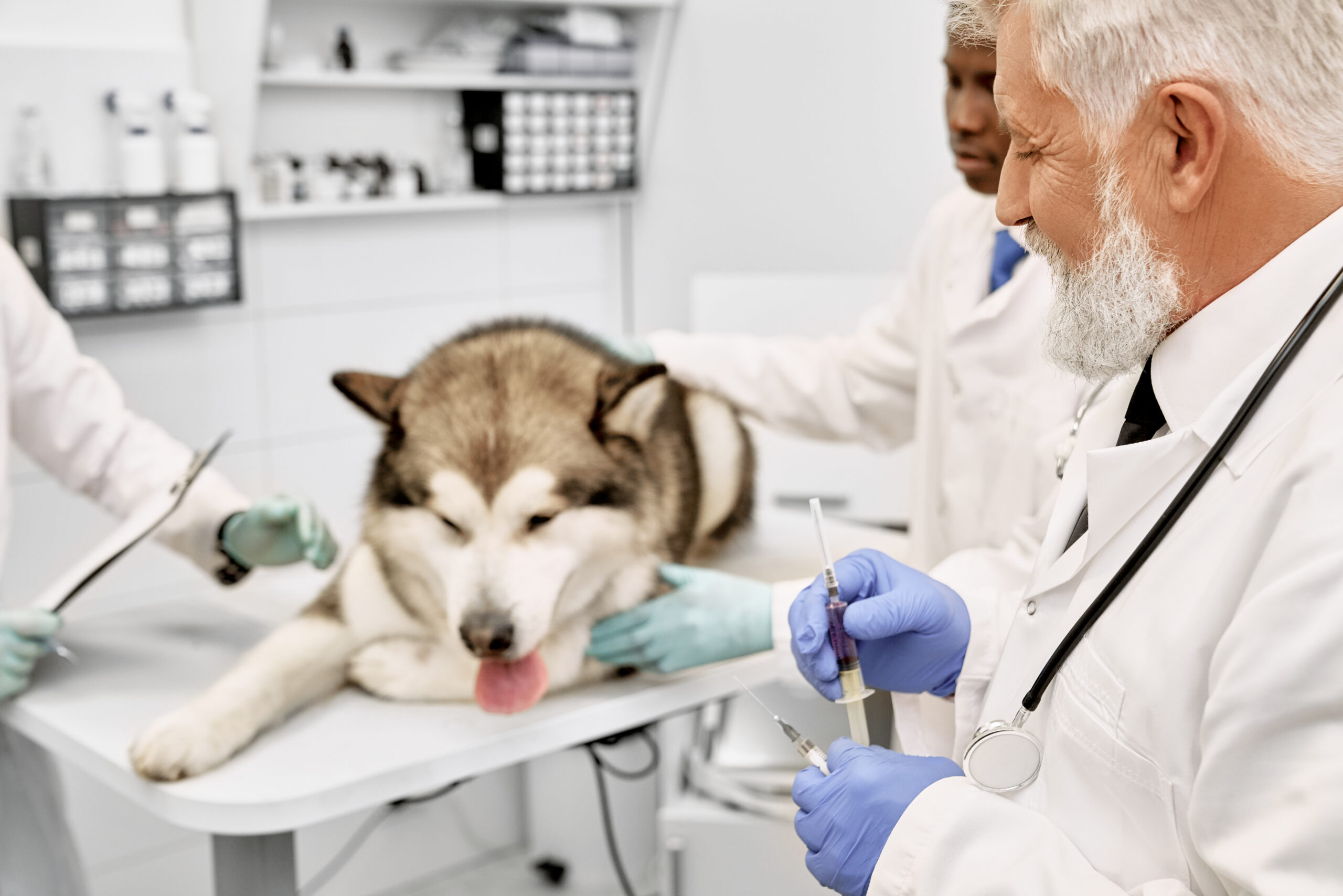2 October 2025
Why Pet Parents Need to Know About Household Toxins
Our furry family members have a knack for getting into things they shouldn’t. From prescription bottles knocked off a counter to a few grapes left on the table, everyday items can pose a serious health risk to pets.
At The Pet Pantry, we believe healthy pets start with knowledge. That’s why we’ve put together this guide on the top 10 household poisons for dogs and cats—what they are, what symptoms to look for, and what steps to take if your pet is exposed.
Top 10 Household Poisons for Pets

- Human Prescription Medications
- Drugs like SSRIs (used for depression and anxiety) can cause serious side effects in pets.
Signs of toxicity: sedation, agitation, vomiting, seizures, diarrhea, abdominal pain, or high body temperature.
- Drugs like SSRIs (used for depression and anxiety) can cause serious side effects in pets.
- Amphetamines
- These include prescription medications for ADHD (like Adderall) as well as illegal substances such as methamphetamine or ecstasy.
Signs of toxicity: hyperactivity, tremors, seizures, vomiting, diarrhea, increased heart rate, panting, or excessive drooling.
- These include prescription medications for ADHD (like Adderall) as well as illegal substances such as methamphetamine or ecstasy.
- Sleep Aids
- Medications like Ambien and Lunesta may calm you, but they can do the opposite for pets.
Signs of toxicity: anxiety, agitation, tremors, lack of coordination, nausea, vomiting, diarrhea, or overheating.
- Medications like Ambien and Lunesta may calm you, but they can do the opposite for pets.
- Grapes, Raisins, and Currants
- Even small amounts can cause acute kidney failure in dogs.
Signs of toxicity: vomiting, diarrhea, dehydration, abdominal pain, lethargy, or refusal to eat. Symptoms can appear within 24 hours.
- Even small amounts can cause acute kidney failure in dogs.
- NSAIDs (Non-Steroidal Anti-Inflammatory Drugs)
- Common pain relievers like ibuprofen (Advil) or naproxen (Aleve) can harm your pet’s stomach, kidneys, and nervous system. Cats are especially vulnerable.
Signs of toxicity: loss of appetite, vomiting, diarrhea (sometimes black/tarry), abdominal pain, dehydration, or lethargy.
- Common pain relievers like ibuprofen (Advil) or naproxen (Aleve) can harm your pet’s stomach, kidneys, and nervous system. Cats are especially vulnerable.
- Acetaminophen (Tylenol)
- Safe for humans but toxic for pets, especially cats.
• Cats: facial swelling, breathing difficulty, brown gums, vomiting, or loss of appetite.
• Dogs: liver damage leading to lethargy, vomiting, jaundice, or neurological symptoms.
- Safe for humans but toxic for pets, especially cats.
- Xylitol
- This sugar substitute is found in sugar-free gum, candies, peanut butter, mints, toothpaste, and chewable vitamins. Even a small amount can be deadly.
Signs of toxicity: vomiting, weakness, collapse, lethargy, tremors, or dangerously low blood sugar.
- This sugar substitute is found in sugar-free gum, candies, peanut butter, mints, toothpaste, and chewable vitamins. Even a small amount can be deadly.
- Rodent Poison (Bait Stations)
- Often flavored to attract pests—but also tempting to pets. Symptoms may not appear for up to 48 hours.
Signs of toxicity: vomiting, bloating, abdominal pain, tremors, seizures, difficulty breathing, or internal bleeding.
- Often flavored to attract pests—but also tempting to pets. Symptoms may not appear for up to 48 hours.
- Household Cleaners
- Most surface cleaners only cause mild stomach upset, but concentrated cleaners and corrosive chemicals can cause burns and organ damage.
Prevention tip: keep all cleaners out of paw’s reach and avoid using open containers around curious pets.
- Most surface cleaners only cause mild stomach upset, but concentrated cleaners and corrosive chemicals can cause burns and organ damage.
- Batteries
- If punctured or chewed, batteries can leak acid or alkaline material, causing severe burns.
Most dangerous: small lithium “button” batteries, which can cause GI tract damage within 30 minutes of ingestion.
- If punctured or chewed, batteries can leak acid or alkaline material, causing severe burns.
What to Do if Your Pet Ingests Something Toxic

- Don't Wait
- If you suspect your dog or cat has eaten or chewed something toxic, call your veterinarian immediately. Time is critical.
- Contact the Pet Poison Helpline
- This 24/7 resource provides emergency help and guidance:
Pet Poison Helpline: 1-855-764-7661
Website: www.petpoisonhelpline.com
- This 24/7 resource provides emergency help and guidance:
- Pet-proof Your Home
- Store all medications in closed cabinets
- Keep grapes, chocolate, onions, sugar-free gum, and any other toxic consumables out of reach
- Dispose of batteries and rodent baits securely
Prevention is the Best Medicine
Accidental poisoning is scary—but it’s also preventable. By educating yourself and pet-proofing your home, you can drastically reduce the risk.
At The Pet Pantry, we’re committed to supporting pet parents with not just nutrition, but resources that keep your furry family safe and healthy. Pair this safety knowledge with our Holistic Choice® pet foods, and you’ll be giving your pets the best of both worlds: a safe home and wholesome meals.
Final Thoughts
Your pet’s safety starts with awareness. From over-the-counter pills to hidden household hazards like xylitol and batteries, knowing what’s dangerous is half the battle.
And remember—if you ever have doubts, call your vet or the Pet Poison Helpline right away. Quick action saves lives!



